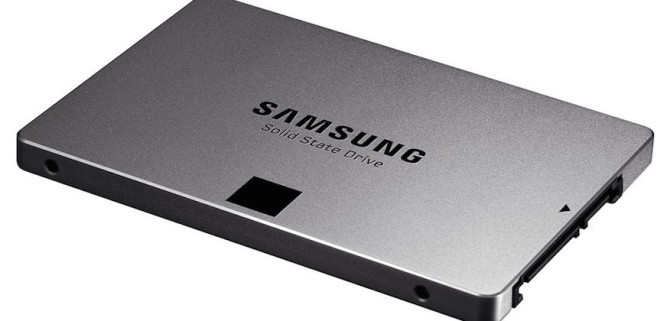Samsung's new supersized PM1633a storage device, the "world's largest hard drive," holds a gigantic 16 terabytes (TB) of data. Although in theory the tech giant's 2.5-inch solid state drive (SSD) could be used for various computing systems such as PCs and laptops, a more practical application for the hardware would be servers.
One terabyte is equal to 1,000 gigabytes of data. Ars Technica reports that the largest current hard drives on the market are manufactured by Seagate (8TB) and Western Digital (10TB).
Besides being huge, the new SSDs are also ultra-fast. They also perform 2 million input/output operations in one second, according to PC World.
Samsung's new drive is built on its 256Gbit (32GB) NAND (negative-AND logic gate) flash die. It has two times the capacity of the 128Gbit NAND dies that different chipmakers manufactured last year, according to PC Mag.
To put it another way, the Korean company has squeezed 48 layers of 3D V-NAND into one die. Its storage device contains twice the number of layers stacked in 2013.
News of the gigantic storage drives was foreshadowed when Samsung upgraded its 3D NAND flash chips a couple of days ago. It doubled the density of its current flash chips.
The company has released no details about pricing of the new CPU hardware. However, Ars Technica has estimated that the price tag would be about $7,000.
Samsung unveiled the new 1633a SSD at the recent Flash Memory Summit in California. A server containing 48 units of the new hard drives could store a colossal 768TB.
SanDisk announced a partnership with Toshiba earlier this month. The rival company plans to launch its own 16TB SSD storage device sometime in 2016.



























